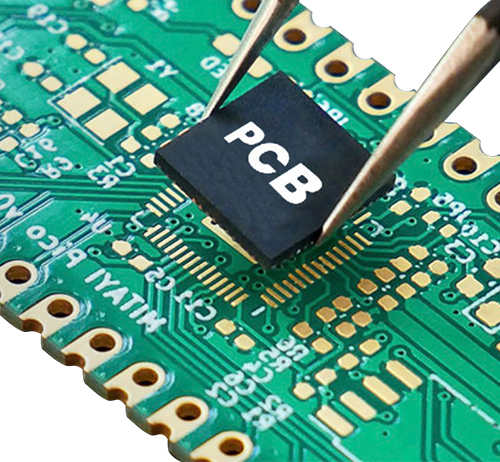Time:2022-10-18 Visit:
In the PCB process flow, the reservation of process edge is very important for the subsequent SMT SMT processing. The process edge is the part that is added on both sides or four sides of PCB board for auxiliary production of plug-ins and welding wave peaks. It is mainly for auxiliary production and does not belong to a part of PCB board. It can be removed after the production is completed.

Since the process edge will consume more PCB boards, which will increase the overall cost of the PCB, it is necessary to balance economy and reliability when designing the PCB process edge. For some special shape PCB board, the original PCB board with 2 or 4 process edges can be greatly simplified by clever board assembling. In the process of SMT processing, the track width of SMT SMT machine should be fully taken into account when designing the assembling mode. For the assembling plate exceeding 350mm in width, it is necessary to communicate with the process engineer of SMT supplier.
The main reason for leaving process edge is that the track of SMT SMT machine is used to clamp the PCB board and flow through the SMT machine. Therefore, when the components too close to the track edge are absorbed by the nozzle of SMT SMT machine and mounted on the PCB board, the collision phenomenon occurs and the production cannot be completed. Therefore, a certain process edge must be reserved, such as 2~5mm and so on. Similarly, it is also applicable to some plug-in components to prevent similar phenomena during wave soldering.
PCB process edge smoothness is also an important part of PCB production. When removing the PCB process edge, it is necessary to ensure that the process edge is flat. Especially for the PCB board with high assembly precision, any uneven rough edge will lead to the offset of the installation hole, which will bring great trouble to the subsequent assembly.